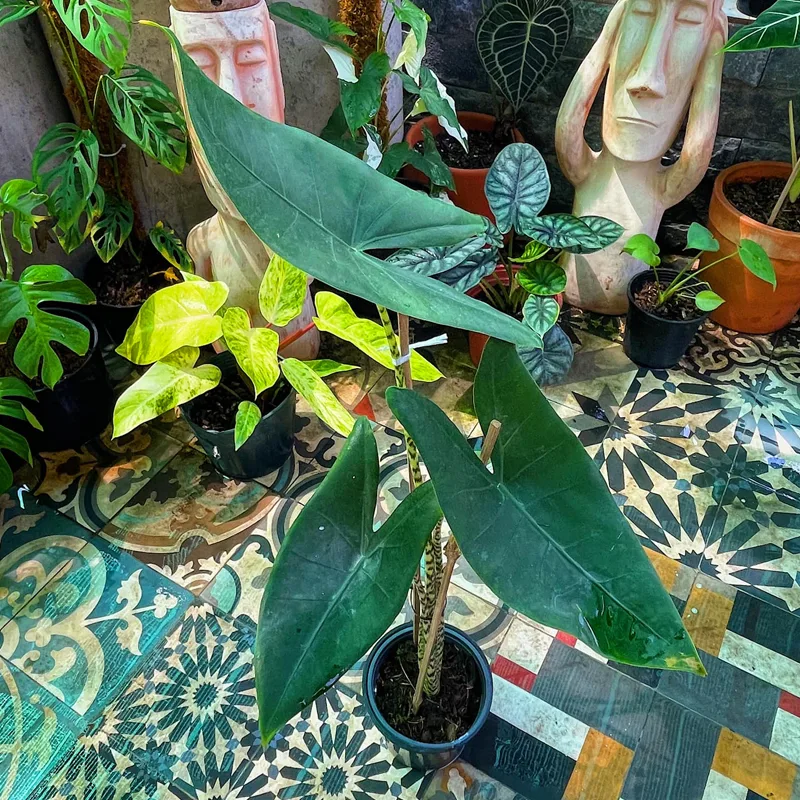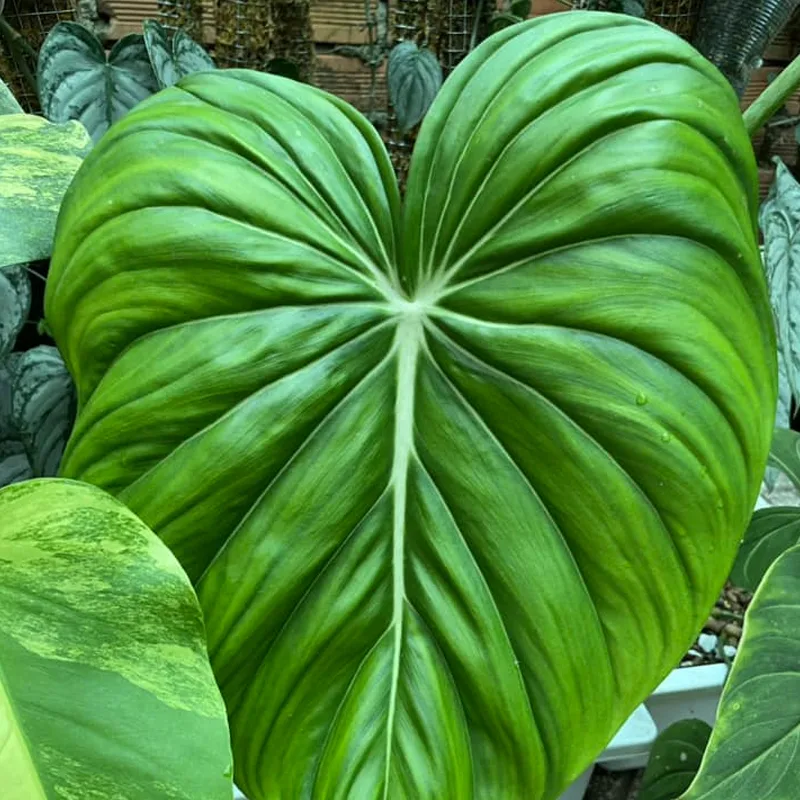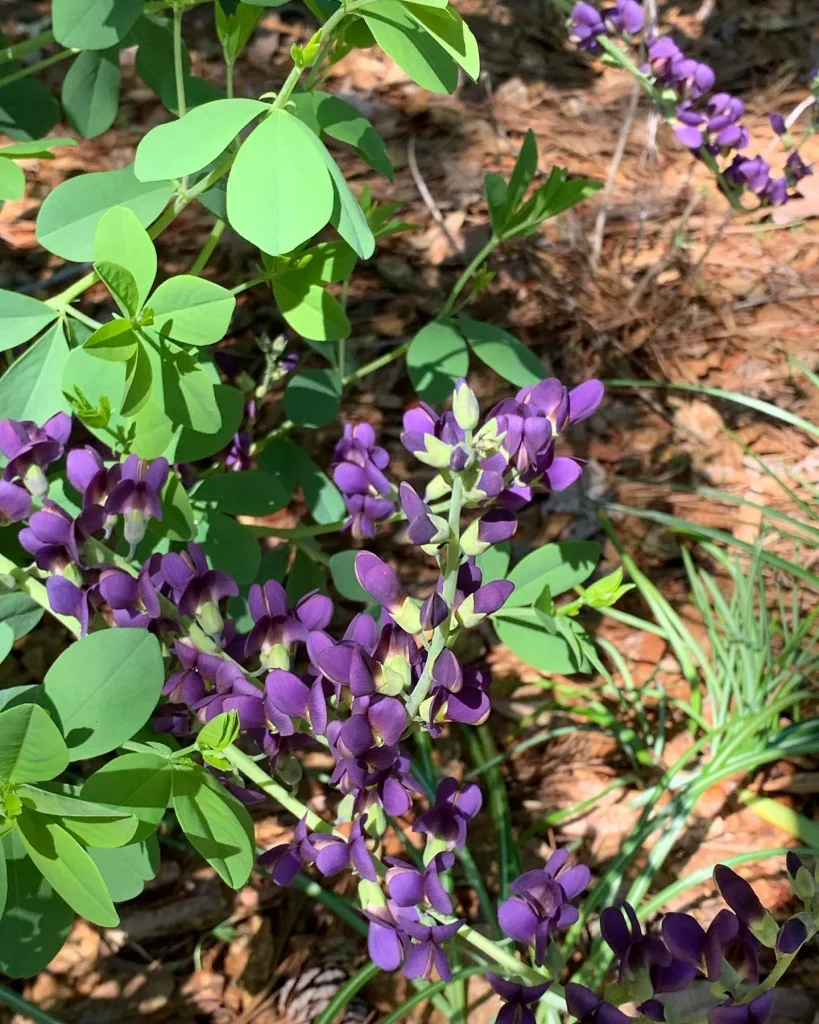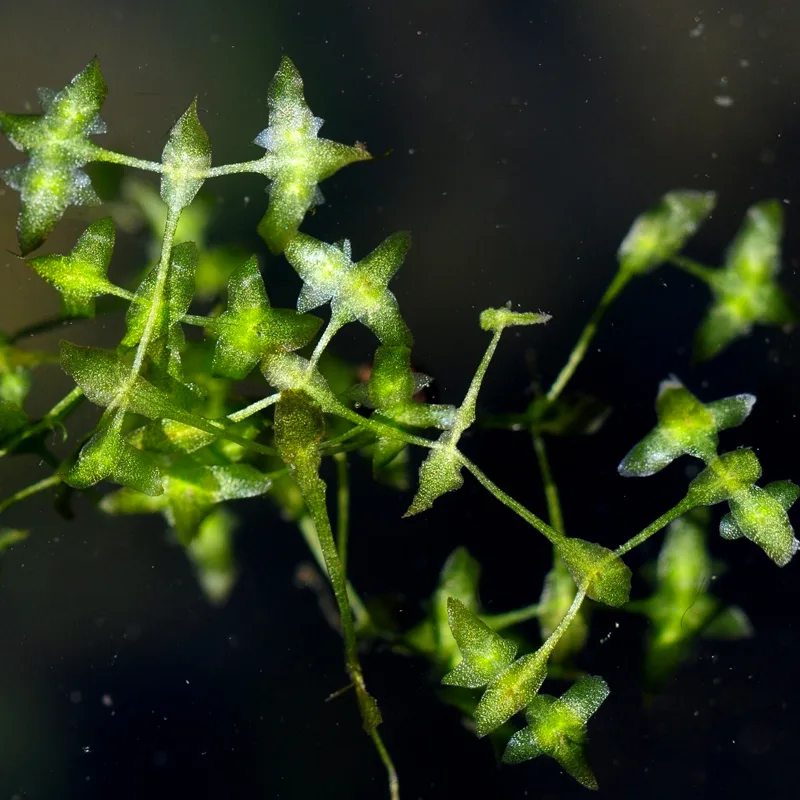Aeonium Leucoblepharum: A Striking Succulent for Plant Enthusiasts
Hi there, Ferb Vu here. I’m a succulent enthusiast and I want to share my knowledge about the fascinating Aeonium Leucoblepharum. This unique succulent boasts stunning features and a captivating presence in any collection.
Whether you’re a seasoned plant parent or just starting your succulent journey, this FAQ will equip you with everything you need to know about caring for your Aeonium Leucoblepharum.
91 Species in Genus Aeonium
What is Aeonium Leucoblepharum?
Aeonium Leucoblepharum is a succulent plant belonging to the Crassulaceae family. Hailing from the mountains of Yemen and northeastern Africa, it thrives in arid environments.
This succulent is known for its rosette-shaped form, comprised of fleshy, pointed leaves. A central stripe runs down the length of each leaf, and with ample sunlight, the edges develop a vibrant pinkish hue. There are even variations with less pointed leaves, but the central stripe remains a defining characteristic.
Aeonium Leucoblepharum vs. Other Succulents
While Aeonium Leucoblepharum shares some similarities with other succulents, it possesses distinct features that set it apart. Here’s a quick comparison:
- Echeveria: Both Aeonium Leucoblepharum and Echeveria are rosette-forming succulents. However, Echeveria leaves tend to be flatter and broader, while Aeonium Leucoblepharum’s leaves are more pointed and have a prominent central stripe.
- Sempervivum: Formerly classified as Sempervivum Leucoblepharum, Aeonium Leucoblepharum shares a similar rosette form. However, Aeonium Leucoblepharum generally has larger leaves and a more pronounced central stripe. Additionally, Sempervivum is typically more cold-hardy.
- Haworthia: Haworthia is another succulent known for its rosette form. However, Haworthia leaves are typically much smaller, more tuberculate (bumpy), and lack the vibrant color variations of Aeonium Leucoblepharum.
How to Care for Aeonium Leucoblepharum?
Providing proper care for your Aeonium Leucoblepharum is key to keeping it thriving. Here are some essential tips:
- Light: This succulent requires plenty of bright, indirect sunlight. Avoid harsh afternoon sun, which can scorch the leaves.
- Watering: Water thoroughly when the soil is completely dry to the touch. Overwatering is a leading cause of succulent problems.
- Soil: Use a well-draining succulent or cactus mix. Ensure the pot has drainage holes to prevent waterlogging.
- Temperature: Aeonium Leucoblepharum prefers warm temperatures between 65°F and 80°F (18°C – 27°C). Protect it from frost and freezing conditions.
- Fertilizer: Fertilize sparingly during the growing season (spring and summer) with a diluted succulent fertilizer. Avoid fertilizing during dormancy (winter).
Propagation: Offsets and Seeds
Aeonium Leucoblepharum can be propagated through offsets (pups) or seeds.
- Offsets: These are small plantlets that grow at the base of the mature plant. Carefully remove healthy offsets and pot them in well-draining succulent mix.
- Seeds: Seed propagation requires patience and specific techniques. Ensure seeds are fresh and sow them in a shallow tray with a well-draining mix. Keep the soil moist but not soggy and provide bright, indirect light.
Common Problems and Solutions
While Aeoniums are generally low-maintenance, there are a few potential issues to watch out for:
- Mealybugs: These tiny, white insects suck sap from the leaves. Treat them with insecticidal soap or neem oil spray.
- Scale: These sap-sucking insects appear as bumps on the leaves. Remove them manually with a cotton swab dipped in alcohol or use insecticidal soap.
- Root rot: Overwatering can lead to root rot. If you notice mushy stems or leaves, remove the plant from the pot, check for root damage, and repot with fresh, well-draining soil.
Conclusion: The Allure of Aeonium Leucoblepharum
With its captivating colors, unique form, and relatively easy care requirements, Aeonium Leucoblepharum is a must-have for any succulent enthusiast. By following these simple tips, you can ensure your Aeonium thrives and adds a touch of vibrant beauty to your collection.
So, are you ready to welcome this stunning succulent into your home? With a little TLC, your Aeonium Leucoblepharum will reward you with years of vibrant charm.
If i die, water my plants!



